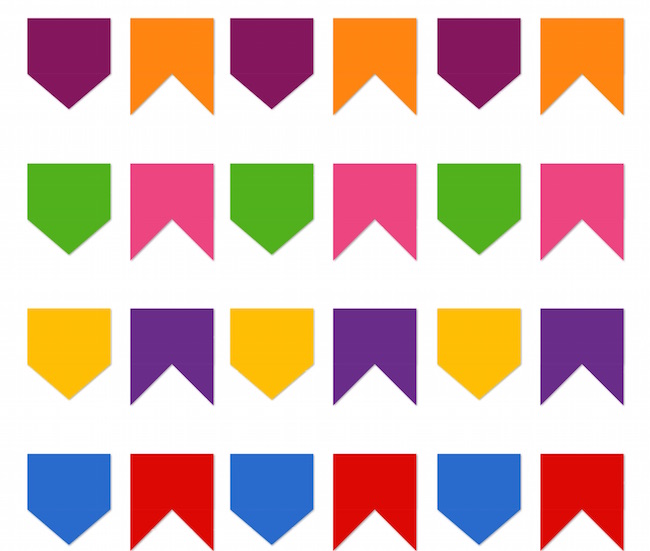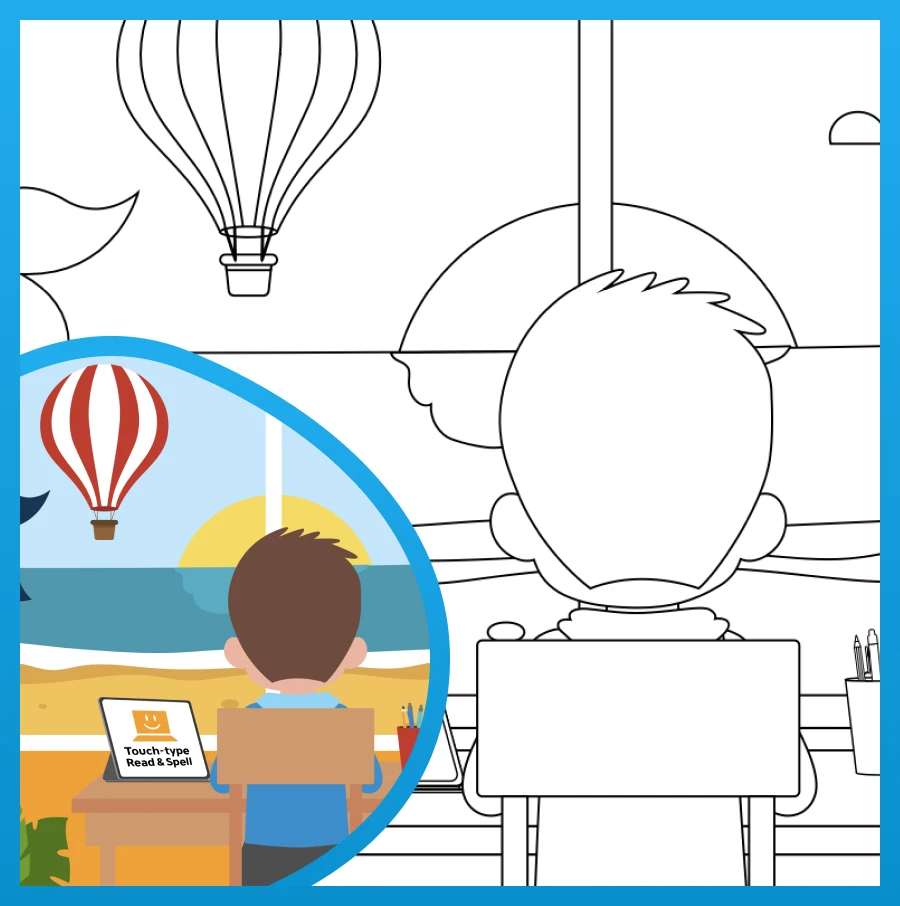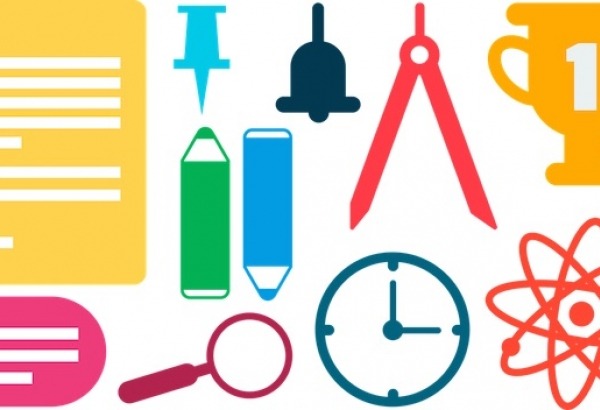6 Down syndrome blogs to follow

For families who are just embarking on their journey, blogs are a good place to start. That’s because they give you a way to move beyond the medical facts and statistics your doctors might discuss with you and discover the practical and emotional sides of raising a child with Down syndrome. You can engage with the blogs' authors, join in on-going discussions with other readers, and learn more about families who are on a similar path to yours.
Down syndrome is a genetic condition that occurs when a child is born with an extra copy of chromosome 21. In the past, it was assumed that children with Down syndrome would not benefit from early access to education. Thankfully, today we understand that with the right support, these very special children can go on to lead rich and fulfilling lives.
Exchanging ideas and sharing tips and anecdotes can help you gain much needed perspective and provide support when you need it most. Blogs also serve as a platform for circulating the latest resources and research, and getting behind local and national causes. That’s why we’re sharing our list of the top Down syndrome blogs. We hope you’ll give them a read! With the right guidance, care and accommodations, every child with Down syndrome can go on to achieve great things.
What is Down syndrome?
It’s important to understand that no two children with Down syndrome are the same and each child is more like his or her family than other people with Down syndrome. Nonetheless, there are certain characteristic physical traits that many people with Down syndrome share, including short stature, almond shaped eyes, a slimmer bridge to the nose, and sometimes a single crease on the inner palm.
Children with Down syndrome can range in intellectual ability and may benefit from repetition in learning. They often enjoy tasks that involve physical/tactile aspects and tend to be visual learners. In some cases this is due to hearing impairment, which may also be responsible for early language delays.
Reinforcing phonics skills is important when teaching a child with Down syndrome to read and learning Makaton sign language may be a helpful tool to encourage early communicative ability for some children.
Learn more about helping children achieve literacy skills milestones in teaching children with Down syndrome to read.
Language research
Some research has underscored greater strengths in vocabulary learning than in mastering syntax and grammar for children with Down syndrome. Comprehension skills may also be more advanced than speaking ability.
In the 1980s and 90s language researchers taught children with Down syndrome ages 2-9 to read words using flashcards and repetitive drills – yes children as young as 2 were reading! They tracked their development and progress and noted significant gains following the interventions. In another study children with Down syndrome misidentified semantically related distractors as target words. This showed they were both able to decode the words and that they were particularly sensitive to meaning and semantic relatedness.
Our top recommended blogs
Many of these blogs are written by parents of children with Down syndrome. You will find posts on how to process the news of a diagnosis and navigate some of the health risks and challenges children may encounter in their first few years. There are articles on developing fine and gross motor skills, language ability and how to find the right schooling for your child.
Some of the blogs even include a smattering of recipes, home craft ideas and homeschooling best practices. If you read a blog that we haven’t included, leave us a note in the comments and we’ll update this post regularly with a list of additional sites! You may also want to check out this round up of the best Down syndrome blogs.
Down Side Up
This is a heartfelt and informative blog written by Hayley Goleniowska, mother to two very special girls, one of whom has Down syndrome. Through blogging, Hayley is seeking to change the dialogue around Down syndrome and together with her daughter Natty she has already made quite a start! She does this through open posts that provide personal anecdotes alongside access to resources and advice for families welcoming children with Down syndrome – there are tips for medical practitioners and teachers too.
The blog explores themes of love, inspiration, support and education and is full of practical ideas on everything from helping visual learners master morning routines to whether or not you want to teach your child to sign. Hayley has been featured in the BBC, the Guardian, The Sunday Times, and ITV and her daughter Natty is one of the first young models with Down syndrome to pioneer inclusive clothing campaigns in the UK. This blog has amassed numerous accolades and it is no surprise why. Easy to access and navigate and a great read – if you’re looking to learn more about Down syndrome this should be one of the first blogs you visit!
Noah’s Dad
This is a blog written by a father about his family’s journey of love and discovery raising a child with Down syndrome. He blogs on many aspects of life, from Noah’s birth story to the tips and strategies that have helped his son overcome various physical challenges and reach so many celebrated milestones. There are some extremely honest posts that any parent can relate to and a number of practical articles on teaching fine and gross motor skills - including signing! This blog provides a wealth of knowledge and we hope you’ll give it a read!
Everything and Nothing from Essex
This is a blog written by Deanna J. Smith about her life, her family and her experience raising daughter Addison. Addison has Down syndrome and while many of the posts deal with special needs, readers are mainly treated to a wonderful and honest account of the joys and challenges of raising an infant as a working mom. Deanna’s posts provide a much-needed sense of calm and perspective, in fact in her most recent she confesses she doesn’t even feel she can blog on Down syndrome anymore as it is not her diagnosis to own. She also addresses the slow-down in posts many blogs experience as children grow up. If you haven’t already come across one of Deanna’s articles on the Huffington Post, Scarry Mommy or Parents Magazine, you should give her blog a read today (hint—read the latest post and then start from the beginning!)
Baby Lemonade Blog
This was started when Kara’s mom learned she was carrying a child with Down syndrome. The blog was a way to understand and come to terms with the diagnosis – including learning about all of the possibilities and joys life had in store for her little girl. It is brimming with helpful resources and step-by-step practical posts on reaching milestones, celebrating success and overcoming challenges.
Define Chaos
This is a blog written by Megan about her family of five including husband Brian, son Atticus, daughter Lucy and son Quinn, who was born with Down syndrome. She speaks directly to the reader in a post on Down syndrome saying there are plenty of blogs that make it seem like Down syndrome is all “sunshine and rainbows” but that she is out to paint an honest picture of her journey. Her son has had challenges and the pregnancy and first year of doctors’ appointments were stressful but he is a joy to parent and just like any other baby in so many ways. In more recent posts she shares the options her family faces in choosing the right educational path for Quinn. Her writing is open and honest and a refreshing read.
Home Sweet Hall
This is a blog written by Josette Hall who has homeschooled all three of her children, including her youngest daughter Jessie, who has Down syndrome. She blogs on everything form COOPs for children with special needs to her own childhood, love of home and experience raising three kids. The posts aren’t exclusively about Down syndrome – though many deal with the medical nuances, emotional aspects and practicalities of having fun while helping your child with Down syndrome learn.

Support for learners with Down syndrome
One of the best things about the Internet is it has opened up access to electronic resources which provide much needed support to individuals and families of children who have Down syndrome. Touch-type Read and Spell is a program that has helped many children (aged 7+), adolescents and adults with Down syndrome improve their reading and spelling skills, build confidence and learn how to type.
TTRS takes a multi-sensory approach to instruction and uses a word list that reinforces English phonics. Learners can move through material at their own pace, repeating modules as often as they like and receiving applause and feedback based on progress not speed. While many learners master the basics of keyboarding, some choose to develop their own approach to typing but they still receive the literacy benefits and sense of accomplishment associated with completing modules and using the program with a degree of independence.
For learners with Down syndrome
TTRS is a program designed to get children and adults with Down syndrome touch-typing, with additional support for reading and spelling.
Chris Freeman

close
Can an Orton-Gillingham approach to literacy help your child?
Take a short quiz to find out!
TTRS has a solution for you
An award-winning, multi-sensory course that teaches typing, reading and spelling

How does TTRS work?
Developed in line with language and education research
Teaches typing using a multi-sensory approach
The course is modular in design and easy to navigate
Includes school and personal interest subjects
Positive feedback and positive reinforcement
Reporting features help you monitor usage and progress















